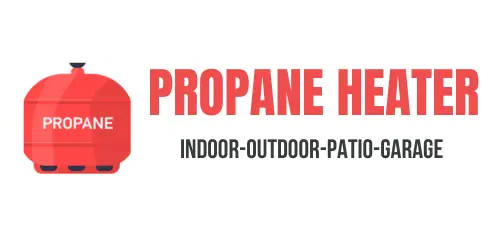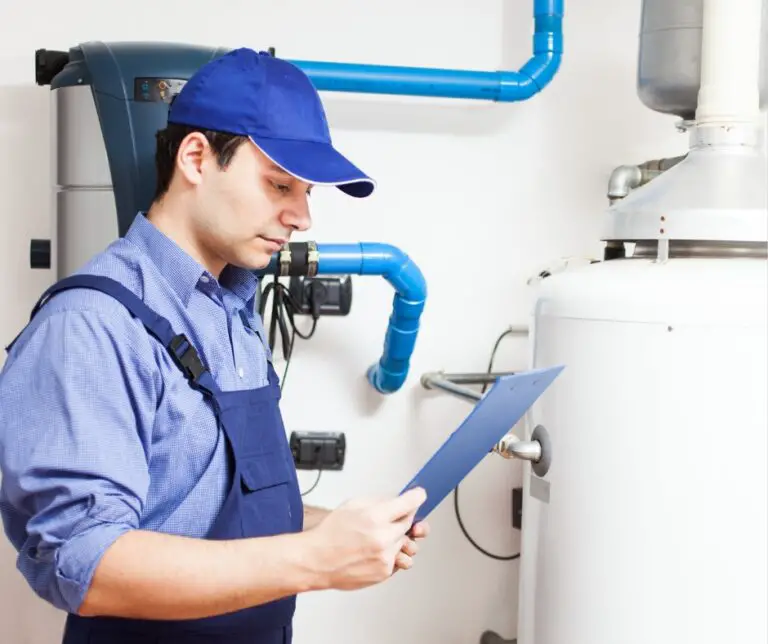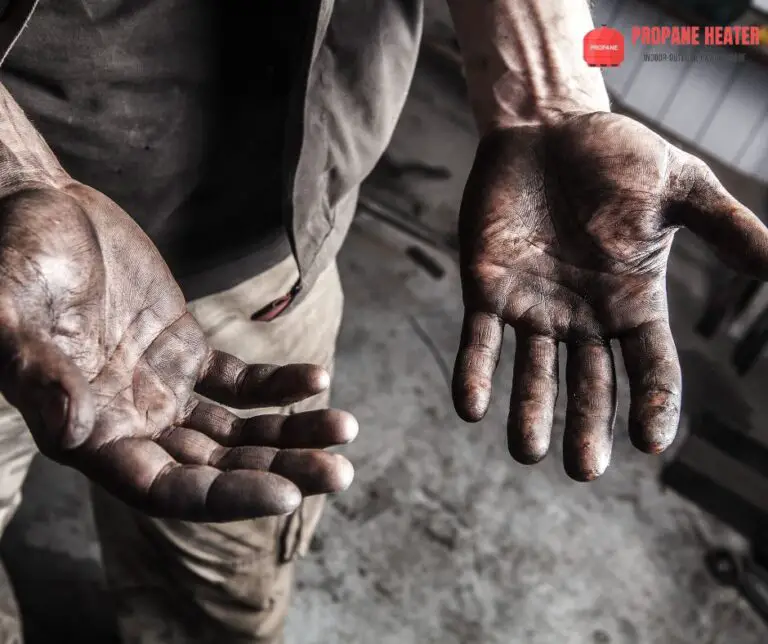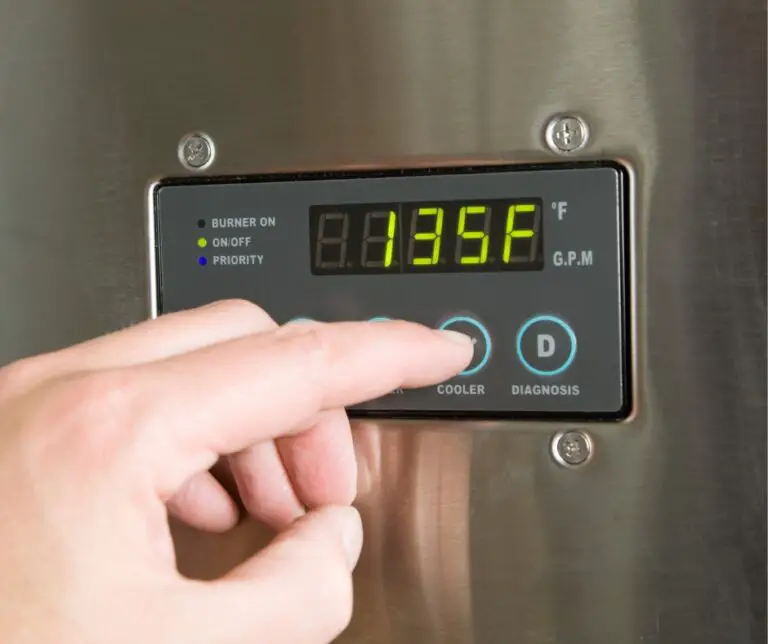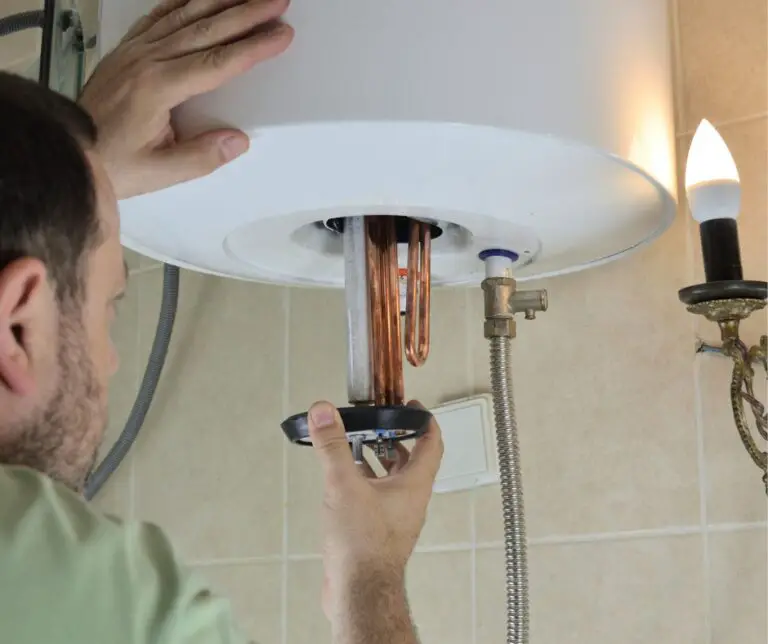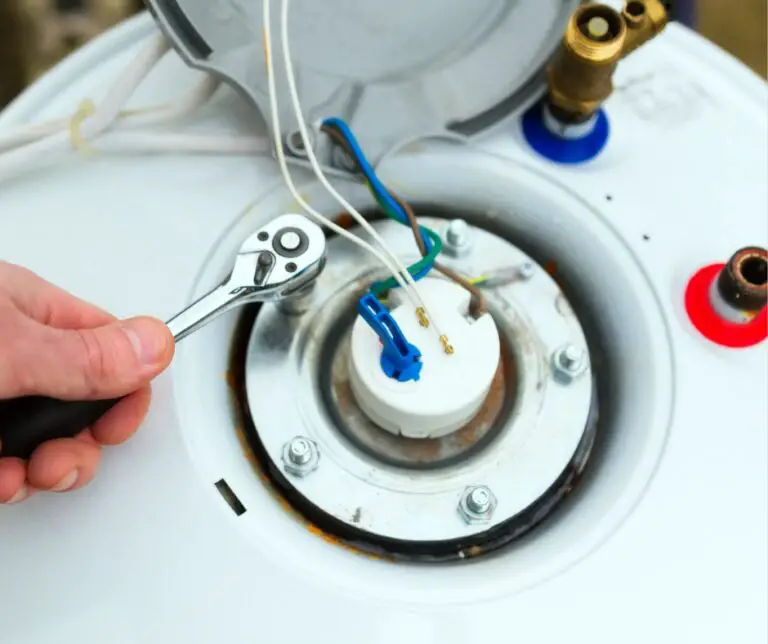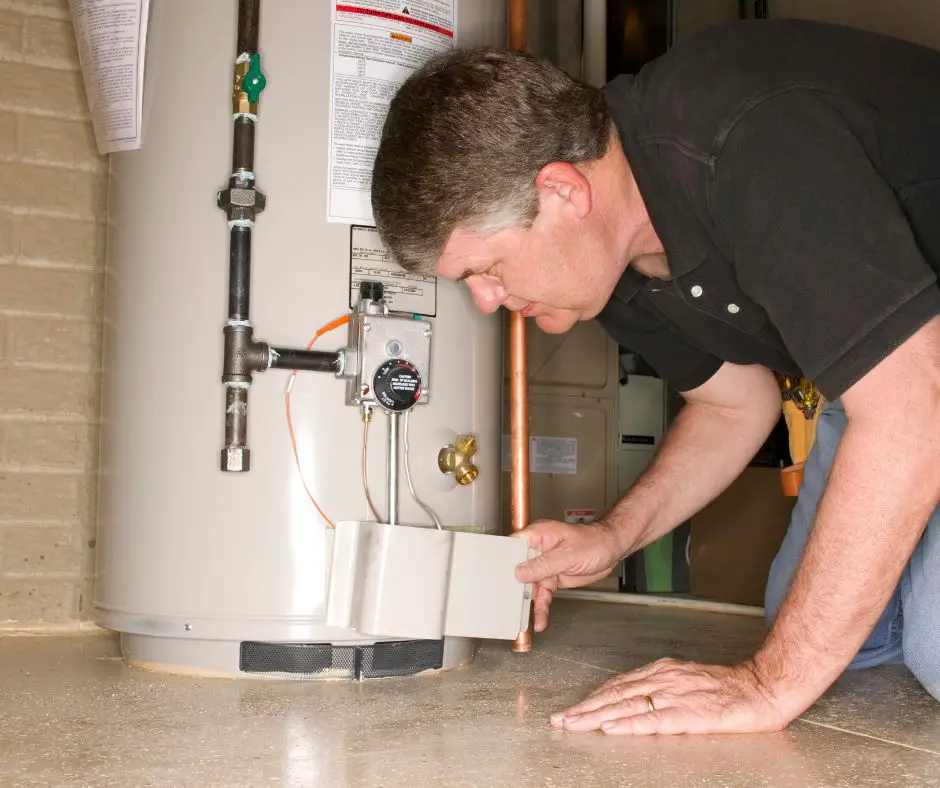
If you have a tankless water heater, you know the frustration of getting hot water for only a few minutes before it goes cold again. If this is happening to you, there are a number of things that could be causing it. Let’s take a look at some common problems and how they can be fixed!
1. Check the Temperature Setting
The first thing you should check is the temperature setting on your water heater. It may be set to a lower temperature than what you need. If it’s too low, the heater won’t produce enough hot water for your needs. To fix this problem:
- Turn off the power to the unit for 15 minutes before resetting it (to avoid an electric shock).
- Make sure that all fuel-fired appliances are properly vented and unobstructed at all times.
2. Heater is Leaking
Check for leaks. If you have a leak, it could be bringing down the temperature of your hot water heater. Check for any signs of rust or corrosion on your unit’s pipes and fittings; there may be enough rust buildup already to cause a leak—it just hasn’t happened yet.
You can also check for leaks by covering all but one inch of the pipe with soapy water and then turning on the faucet. If bubbles appear within 30 seconds, you’ve got a problem!
Repair the leak. Once you’ve determined where the leak is coming from, repair it as quickly as possible so that no more damage is done to your tankless hot water heater or its components. Make sure the leak isn’t in the hot water pipes themselves.
3. Inconsistent Hot Water
Your tankless hot water heater might not be producing consistent hot water. If you’re having problems with your tankless unit, there could be several reasons for this.
The first thing to check is the temperature setting on your thermostat. It’s possible that you’ve accidentally set it to high or low and the unit isn’t heating properly at all because it thinks it’s already too hot or too cold.
The next step is to make sure that there isn’t something wrong with the flow rate of your water heater, which can be affected by a number of different factors, including:
- The age of your system (older units tend to have lower flow rates than newer ones)
- Whether or not there are any leaks within the pipes connected to your home’s plumbing system, which would decrease overall pressure throughout your house.
4. Not Enough Water Pressure
If the pressure gauge on your tankless water heater reads low, this could indicate an underperforming pressure regulator or a blockage in one hose connected to it. If you check the pressure regulator and find that it works correctly, then you might want to check if there is any kind of blockage in your hot water supply line.
If there is no obvious blockage, then you may need to contact a plumber for help with diagnosing why your home’s water supply pressure isn’t strong enough for the optimal operation of your tankless hot water heater.
5. Plumbing Crossover
The most common reason for cold water from your tankless hot water heater is a plumbing crossover. The problem occurs when the cold water supply pipe to the tankless hot water heater crosses over the hot water return pipe.
When this happens, there is usually not enough heat energy left in the system for it to continue operating at its normal capacity, so you’ll notice that your tankless unit will stop heating and go cold.
The best way to fix this is by having a plumber remove the plumbing crossover and replace it with an expansion loop that can help increase the flow rate and keep the water temperature consistent.
6. Blocked Heat Exchanger
If your water heater has been working fine and then suddenly stopped heating, it’s possible that the heat exchanger is blocked. The heat exchanger heats the water in a tankless hot water heater, so if it’s clogged or otherwise unable to transfer heat efficiently, you won’t get any hot water. Luckily, cleaning out this part of your tankless system is easy. To do this:
- Unplug and drain your unit completely (if possible).
- Remove any debris or sediment from the bottom of your tankless unit. You can use a soft brush and some vinegar for this step—just be sure to wipe off all traces of vinegar once you’re done.
- Reinstall everything properly, plug it in and turn it back on. Congratulations: You’ve just fixed your problem
7. Undersized Heater
If your tankless water heater is undersized, you may notice that the hot water goes cold. The hot water may also run out in between showers or baths. This can frustrate if you are in a hurry, but it should not be too difficult to fix.
If your tankless hot water heater is too small for the size of your home (or other factors like the number of people) then it will not have enough capacity and efficiency to handle all of those demands. You should look into upgrading your tankless unit before any more damage is done.
8. Incorrect Gas Line Size
The next step to troubleshooting your tankless hot water heater is to make sure that the gas line size is correct. If it’s too small, then not enough gas will get into the heater, and if it’s too big, then there won’t be enough pressure for the water heater to heat.
You should consult an expert if you’re unsure of what size gas line should be used with your system. However, if this is an issue with a new installation or replacement of an old one and they are unable to provide you with specific details then you might hire a plumber instead since they might know more about this subject than anyone else would.
9. Clogged Water Filter
If your tankless hot water heater is not producing hot water, the problem may be with its water filter.
The filter is designed to remove particulates and other contaminants from your water supply, but if it has collected too much sediment, you may find that it’s no longer doing its job.
If your tankless hot water heater has been operating for more than six months without being cleaned or replaced, this could also cause issues with how well it functions.
To check whether cleaning or replacing the filter will solve your problem, first turn off the power to the unit. Then disconnect all connections at the back of the device. Once disconnected clean any dirt from around these areas using a damp cloth then reattach everything before turning the power back on again.
Conclusion
It’s important to remember that hot water heaters are not maintenance-free. It’s up to you as the homeowner to keep tabs on your tankless heater and make sure it stays in good working order. By following these tips and being proactive about maintaining your tankless hot water heater, you can avoid any pesky problems like this one that might cause your family inconvenience or stress.
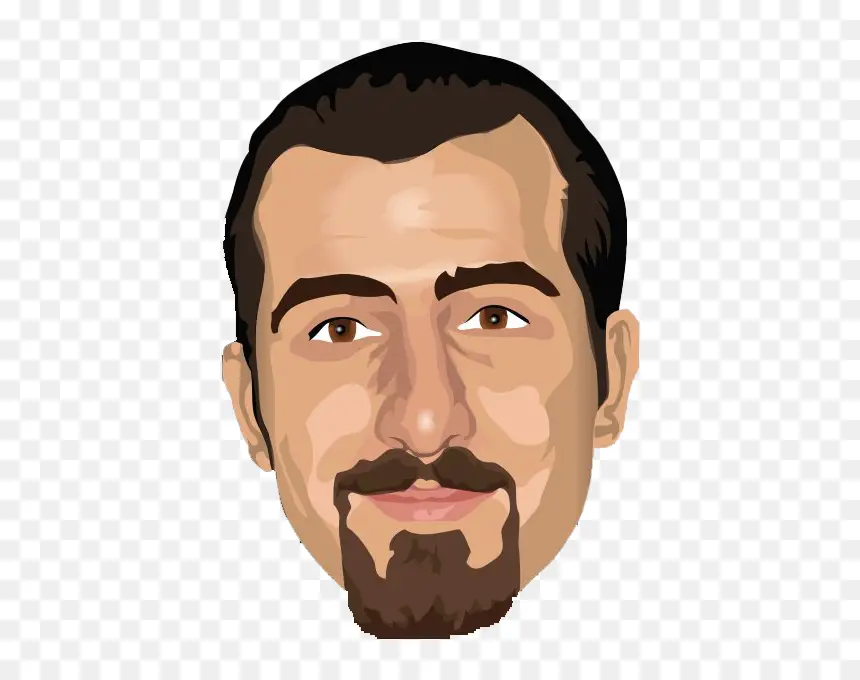
I am Richard A. Jackson man behind propane heating solution, An HVAC expert working as a team lead of the heating department, Provide services all over the USA (around all major cities), and from planning to implementation, you will get all your solution here. We provide various tanks (propane and other natural gases) and deal with disposable waste.
